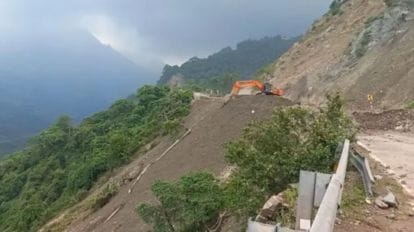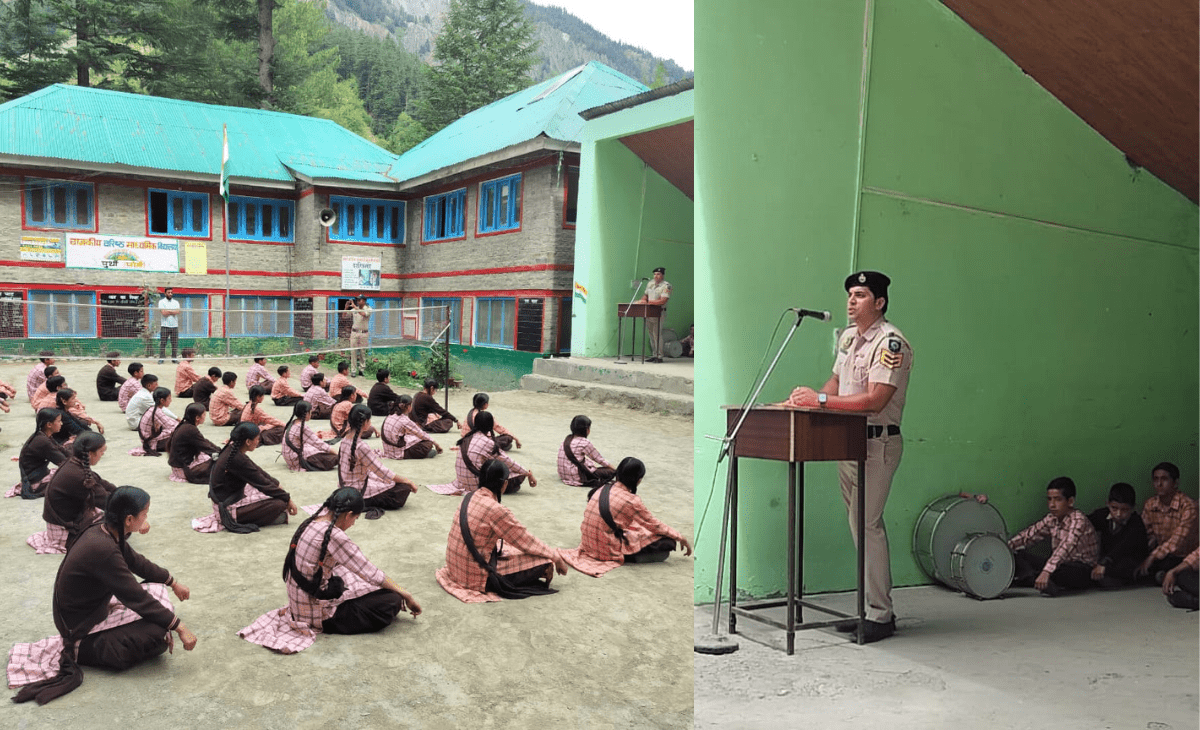Shimla: To enhance road safety on the Kalka-Shimla National Highway 5, the National Highways Authority of India (NHAI) has initiated a project to control landslides along the Chandigarh-Shimla road by using a wire mesh technology.
SRM Company, awarded the tender for this project, will install crate wire mesh at 42 of the most landslide-prone locations, aiming to prevent rocks and debris from falling onto the highway.
This measure is expected to provide a long-term solution to the frequent landslides that pose a risk to commuters, particularly during the rainy season.
Currently, SRM Company has begun work at 10 of these identified sites, with plans to expand it to the remaining locations soon.
To facilitate the ongoing work, barricades have been installed at specific points along the route, creating controlled, one-way movement in certain areas.
This has minimised traffic disruption, allowing the road to remain operational without the need for full diversions.
This technology, which was previously implemented on the Parwanoo-Panchkula Himalayan Expressway, has shown promising results in stabilising mountainous terrain.
Similar installations have also been effective in regions like Manali and Kinnaur, which face similar geographical challenges.
Four-lane expansion nears completion
The widening of the highway to a four-lane road from Parwanoo to Solan, part of an earlier phase of this project, is nearing completion. However, this expansion has contributed to an increase in landslides due to the direct mountain cutting.
Commuters on this route have often expressed concerns about the risk of sudden rock and debris falls, especially following heavy rains.
The wire crate technology aims to address these risks by anchoring a robust mesh along the vulnerable sections of the highway, thus stabilising loose rocks and soil.
Drone survey identifies key risk zones
Following heavy rains last year, the NHAI conducted a comprehensive drone survey to assess the mountain stability and identify areas with higher landslide risks.
Based on the survey, 42 critical spots along the route were prioritised, including Datyar, Koti, Jabli, Sanwara, Dharampur, Pattamod, Kumarhatti, Barog bypass, Shamlech tunnel, Shamati and areas near double wall structures.
These sites are labelled “black spots” and will receive the wire mesh protection over the next two years.






